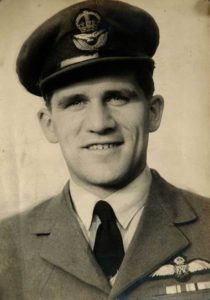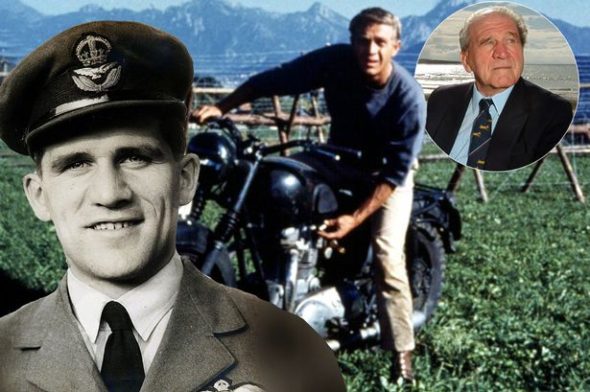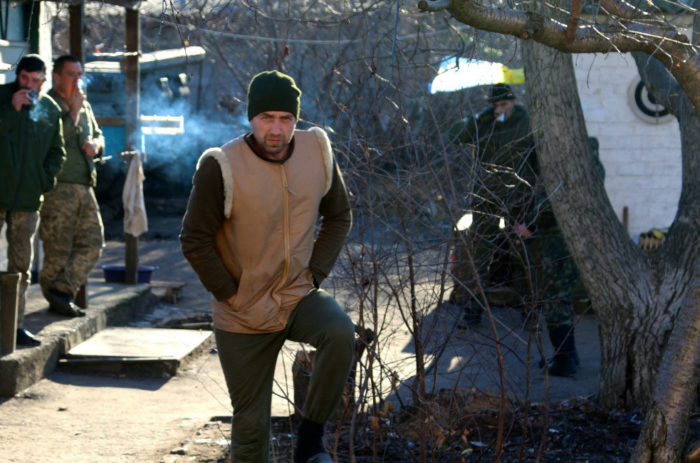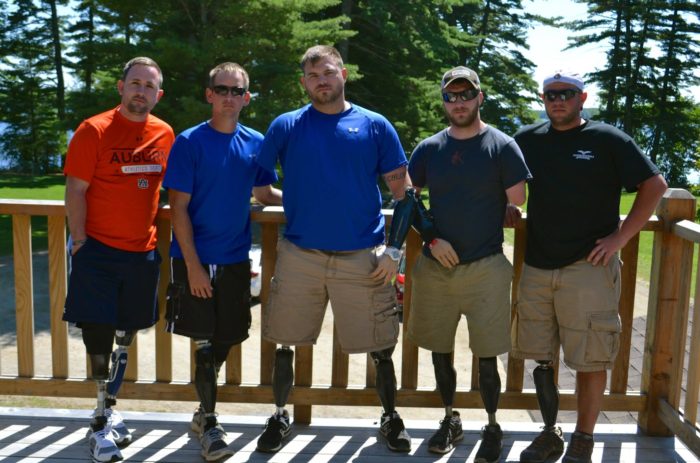 “We would do anything to disrupt the Germans.”
“We would do anything to disrupt the Germans.”
Wing Commander Ken Rees, who has died aged 93, and was the last surviving member of the digging team that constructed the tunnel used during the “Great Escape” from Stalag Luft III in Nazi Germany in March 1944. (The Great Escape is a 1963 movie about an escape by Allied prisoners of war from a German POW camp during World War II, starring Steve McQueen. The film, based on a book, is a detailed non-fiction first-hand account of the mass escape from a POW camp written by Paul Brickhill. The characters are based on real men including Ken Rees, and in some cases are composites of several men. Read more at amazon.)
At 21, Rees was the pilot of a Wellington bomber shot down in flames over Norway during a mine-laying operation in October 1942. He managed to crash-land into a lake and scramble ashore where he and two of his colleagues were soon captured by the Nazis — the other two members of his crew lost their lives. After interrogation, Rees soon found himself at Stalag Luft III at Sagan in Silesia, a camp specially built by the Nazis for captured airmen.
When British Squadron Leader Roger Bushell, the head of the escape committee and known as “Big X”, was making plans for a mass breakout of the camp by tunnel, Rees was chosen to be a member of the digging team. He believed he was selected because he was a Welshman and it had been assumed that he must have some experience of mining, which was not the case.
The escape plan called for three tunnels to be dug: “Tom,” “Dick” and, finally, “Harry.” As the longest of the three, Harry was to stretch for 330 feet and surface in some woods beyond the perimeter wire. Nothing on this scale had ever been attempted before. In the event, Tom was discovered and Dick was abandoned.
Rees spent long hours digging Harry, much of it at the face of the tunnel. There was the constant risk of collapse and being buried in the soft sand and there were numerous roof falls, which had to be shored up with bed boards. For the stocky, powerfully built Rees, the tunnelling in Harry became an occupational therapy to alleviate the boredom and hunger through one of the coldest winters of the past century.
After digging out 250 tons of sand, the mass escape was fixed for the night of March 24-25 1944. The tunnel entrance was concealed in Hut 104 where 200 men gathered, with their escape kit, before the guards locked all the huts. Rees described the atmosphere as “stomach-churning – worse than waiting for a bombing operation to get under way.” He was alarmed to see a German officer in the hut, only to discover it was a fellow escaper in an elaborate disguise.

Ken said McQueen was “a 6ft American and me a Welshman of 4’3” who can’t ride a motorbike”
When the tunnel diggers broke through to the surface they discovered they were short of the woods. This caused significant delays in exiting and progress was very slow. Seventy-six men eventually clambered from the tunnel as Rees crouched below guiding them to the exit. When it came to his turn to leave, he had almost reached the exit ladder when a shot rang out signalling the discovery of the tunnel.
On all fours, Rees rushed back along the tunnel expecting a bullet or a bayonet in his backside and he was the last to clamber back into the hut before the trap door was closed. He arrived to find others frantically burning forged papers and eating emergency rations. Moments later the Germans arrived in force.
Rees was sent to the cooler (solitary cell) where he heard the horrific news that the Gestapo had murdered 50 of his colleagues (who had been caught on the run). Among them was his great friend Johnny Bull, head of the tunnelling team, and Roger Bushell. “Had I got out, I would have ended up like the 50 who went before me,” said Rees in later life. “It was a certainty, with my record of stays in the cooler and annoying the Germans generally.”
Later in the year Rees became involved in the planning of another tunnel but the threat of being shot, together with the rapid progress of the Allies, caused the idea to be abandoned.
In late January 1945, Rees and his fellow prisoners were given one hour’s notice to collect their meagre belongings and leave the camp as the Soviet Army advanced from the east. They suffered severe privations and terrible winter weather as they were marched westwards by their guards. Finally, Rees was liberated by the advancing British Army on May 2 and flown back to England where he was reunited with his wife – they had been married a few days before he was shot down.
Read more about Ken Rees at: bbc.com



